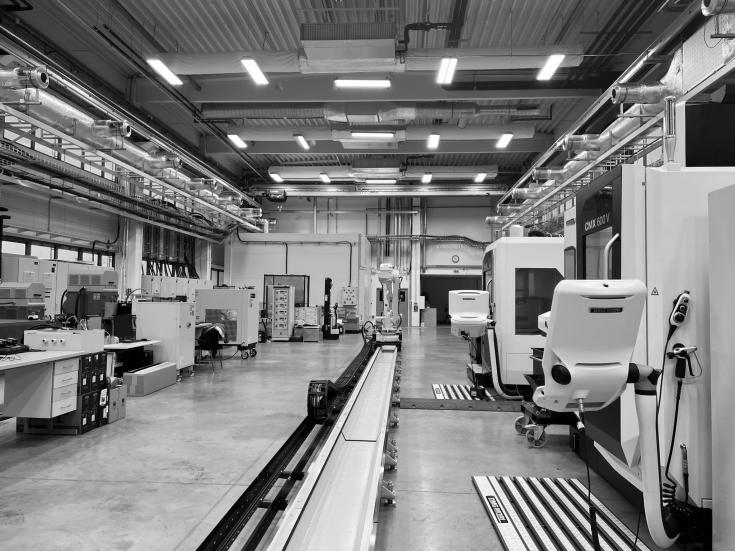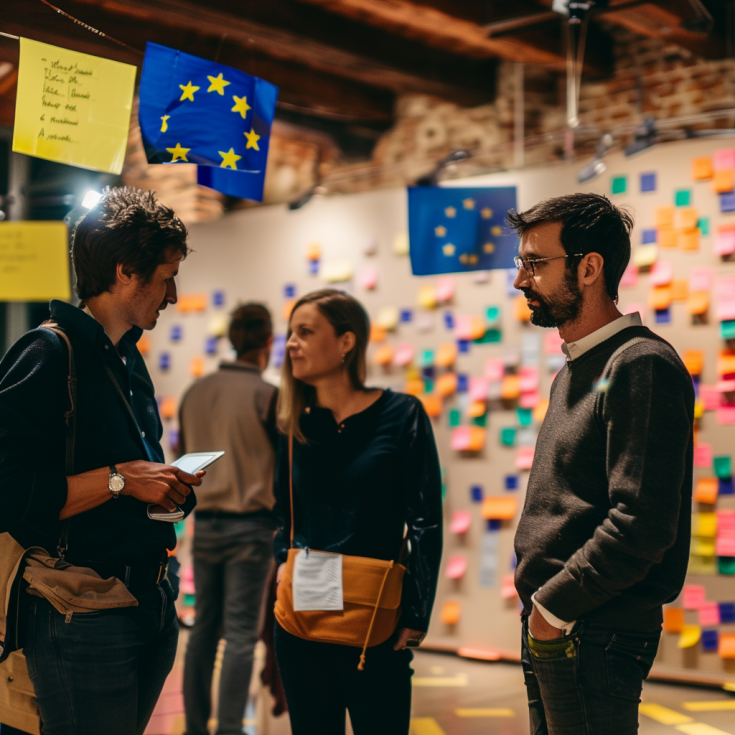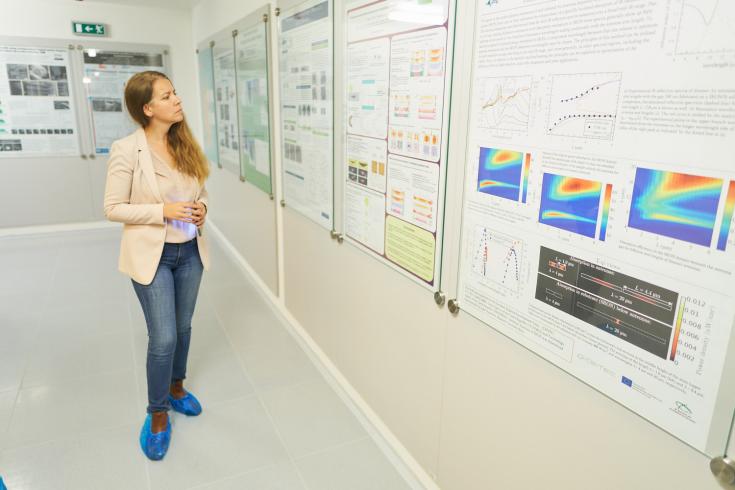Industrial transition
In the spotlight
The industrial transition is of high importance because it shapes the future economic resilience and social cohesion of regions, ultimately driving inclusive growth and sustainable development across Europe. Take a look at the content that our Experts have hand-picked for you.

Clusters: Driving the green and digital twin transition

Digital ecosystems and digital transformation

Key Enabling Technologies (KETs) – A European Priority for Industrial Modernisation

Industry 4.0

Technology foresight for Research and innovation
A message from our expert
Are you looking for support on the industrial transition in your region? We have a team of experts ready to help you.
Get in contact through our policy helpdesk and we will put you in contact with the right people.

European industrial regions must design a robust policy-mix to foster both the green and digital transitions, enabling them to navigate the complexities of an era defined by poly-crisis and breakthroughs in emerging technologies. The Interreg Europe Policy Learning Platform offers a valuable space to identify and contextualise such policy tools.











